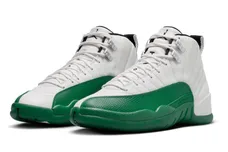Microtransactions could be ruining gaming for players. With games already being a whopping $70 for the latest generation consoles, spending additional money on them adds up. Most older players do not feel obligated to make microtransactions but younger ones often have a different experience. Having the latest skin for your character is a status symbol. In some cases, microtransactions are “pay-to-win” which means you can purchase items that give you an advantage over other players. This is many players' main issue with microtransactions.
However, with younger players, their parents are usually spending the money on the microtransaction. Sometimes, the child takes matters into their own hands and this often does not work out well. Older players often don’t make microtransactions because they feel the items are not worth their price. Item bundles are often around $20 which is around ⅓ of the price of the game itself. With games like Call of Duty, many players feel more attention is given to the bundles instead of maintaining the quality of the game itself.
In games like Fortnite, bundles are often connected to large IPs (Intellectual Properties). This means players can use characters from Marvel, DC, Dragonball Super or even John Wick himself. Sometimes music artists like Travis Scott are in the game. Younger players are the main target with these bundles while some older players see them as cash grabs. Fortnite does collaborations like these pretty regularly which provides constant income for the free-to-play game. The headlines of the characters/people in the game generate interest every time.
The Bundles Of Video Games
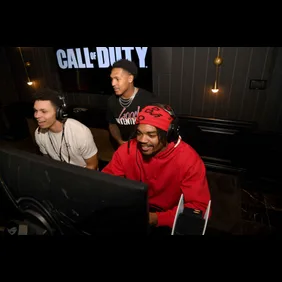
In several cases, when one bundle is purchased on a game’s store page, another one takes its place. After making a purchase, a player may see something they are far more interested in than the one they just bought. The refund process is complex and players often would rather accept the loss of money than attempt that process. The store page often shows up differently for all players so one player may have something available on their screen that another player cannot even see.
Additionally, with bundles, sometimes items are promised but not delivered. In shooting games, a gun may be one color on the store page. But once you buy it, the color is slightly different once your character is holding it. The same thing can happen with a gun’s tracer rounds. Bullets naturally look yellow-orangish when shooting so players feel advertising a gun with “yellow” or “orange” tracer rounds is not fair. Many players often directly call these situations false advertising.
Microtransactions have seen two iterations in recent years: blind/loot boxes and bundles. With the former, you are taking a risk because you do not know what items you are even getting. The incentive for these is you are often guaranteed you won’t get any items you already have. Or, you are guaranteed one item specifically. With the bundles, you know exactly what you are getting but out of the five or so items, you may only be interested in three of them. There is no a la carte option.
This Has Been A Huge Issue For Video Gamers
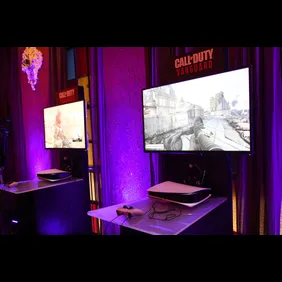
Microtransactions have become such an issue for players that games who don’t have them use that as a selling point. Naturally, this separates them from those that do but other aspects of the game may suffer. The gameplay itself may have issues or there may be issues with server connectivity. Not every developer has the same budget but even the multi-million dollar ones have the same issues as the smaller ones. This causes confusion amongst players as they wonder what is being done with the money they are spending.
However, a more favored microtransaction is a battle pass. A battle pass is often $10 but players get 100 “tiers” worth of items for the game. These items are all cosmetic and like with bundles, some items are much more enticing to players than others. The item at the 100th tier of the battle pass is often the “best” one but naturally this depends on the player’s preference. Progression through this battle pass is connected to how much time players spend playing the game.
Furthermore, another more pleasantly received microtransaction is a season pass. A season pass allows the player to pay a one time fee to get Downloadable Content (DLC) in the game’s cycle. They are not getting new items for “free” but getting them for no additional fee as they are released. This method completely eliminates the need for separate purchases. But, if something comes out that a player doesn’t want they’ve essentially still paid for it.
There Have Been Attempted Boycotts
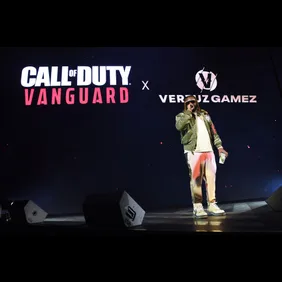
Players have attempted to boycott the unfair practice of microtransactions by not purchasing a game’s battle pass or bundles for the current season. Players believe once the developer sees the numbers are lower for the amount spent on the microtransactions they will change their behavior. However, in most cases the amount of players who do this is significantly lower than those who continue to purchase the bundles overall. Additionally, most players who are boycotting were already not regularly spending money on the bundles.
Furthermore, microtransactions can often lead to other microtransactions. A specific bundle may not be available until a different bundle connected to it is purchased. This, once again, forces players to get something they may not want to access something they do actually want. Additionally, there is usually a waiting period between when the first purchase is made and when the second level of additional items can be accessed. Many players think this greedy because it helps inflate the number of purchases for the bundle in the company's earnings report.
Microtransactions have been around for multiple years. In the past, Call of Duty had microtransactions in the form of map packs. Players could pay a set price for up to 5 additional maps to play on. The original issue with this format was players who did not have the map packs would naturally be separated from those who did. This is one of the first instances of microtransactions causing a divide amongst a game’s player base. In the years since, Call of Duty has changed this format and offers new maps to players for free.
Microtransactions Also Occur In Fighting Games
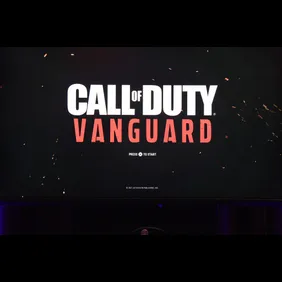
In fighting games, microtransactions are how players obtain more characters for their roster. With games like Dragonball FighterZ, new characters are regularly appearing in the anime so they are added to the game as time progresses. With games like the Street Fighter and Mortal Kombat series, players feel some characters should not be in the game at launch to make room for characters players want more. This way they don’t have to make a microtransaction to get them.
With single player games, microtransactions are often DLC that expands the storyline of the game. In the case of Marvel’s Spider-Man, these stories involved Spider-Man getting involved in new situations with new characters. In Ghost of Tshushima, the DLC involved lead character Jin Sakai traveling to a new location in the game and doing new activities with new characters.
Also, in some cases, the novelty of a microtransaction is what makes it worth it for players. In the Call of Duty games, there have been microtransactions where players could purchase surprising but fitting bundles. These bundles included being able to play as Sylvester Stallone’s character Rambo, Bruce Willis’ character John McClain from the Die Hard film series. In Call of Duty: Vanguard, you could play as Snoop Dogg. In other games, Snoop Dogg’s voice could also be purchased as an announcer as well as Method Man’s.
Microtransactions are not likely to be removed from games on a grand scale any time soon. They have proven to be a huge source of income and they will continue to be. All game developers claim to “listen to their community” but more often than not this isn’t fully true. They may fix some issues the game is having but will not initiate the removal of the number one aspect players want removed: microtransactions.









